The Wild Animal Sanctuary
The world's largest carnivore sanctuary is home to over 450 meat-eating rescues.
The exotic animal trade is the world’s third largest source of illegal revenue, after illegal drugs and weapons. The World Wildlife Fund estimates there are at least 5,000 captive tigers in the United States alone—that’s nearly 2,000 more tigers than exist in the wild. Thousands of other exotic species live in inadequate conditions in environments like roadside zoos, circuses, magic acts, and traveling shows.
At the Wild Animal Sanctuary (TWAS) in Keenesburg, Colorado, over 450 rescued animals are given a second shot of life, many which had fallen victim to what the sanctuary calls the “captive animal crisis.” Lions, tigers, bears, and a whole menagerie of other carnivores (plus a handful of non meat eaters) call the 720-acre facility home, making it the world’s largest nonprofit animal sanctuary.
The sanctuary is situated on the grass plains roughly 50 miles east of Boulder. TWAS cares for large carnivorous animals that were previous victims of neglectful or abusive situations and allows them to live better, more enjoyable lives. Since its start nearly 40 years ago, the sanctuary has responded to over 1,000 rescue requests from individual animal owners and government agencies around the world.
The animals are given the healthcare and space they need. The large enclosures feature swimming pools and underground dens that maintain a consistent temperature throughout the year, and the animals are fed according to their natural eating habits.
Visitors to the sanctuary can view the animals from above on the 1.5-mile-long elevated “Mile Into The Wild” walkway that stretches around to the sanctuary’s main open enclosures. The platform, which World Records deemed the world’s longest footbridge in 2016, ensures that both the visitors and animals feel safe and comfortable.
Know Before You Go
The facility is open every day at 9 a.m. and closes at sunset. Given that it can take a minimum of four hours to see the sanctuary, arrive with ample amount of time prior to closing. Uber and taxis are not a good options to reach the facility, as drivers will bring you to the sanctuary but almost never return to pick you up since the facility is located far from urban areas.
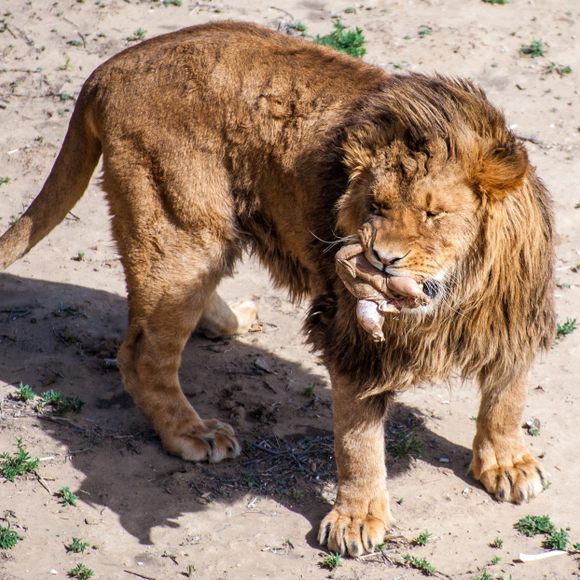








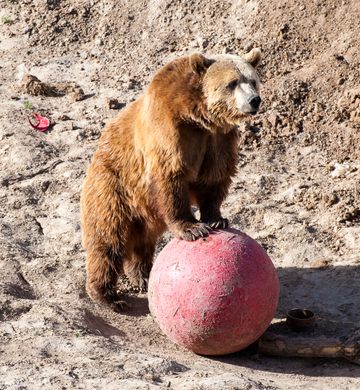
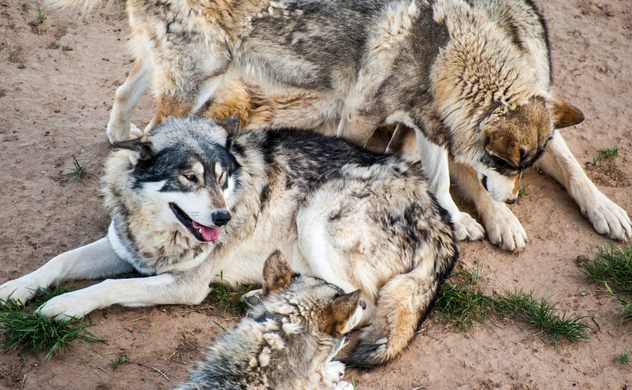









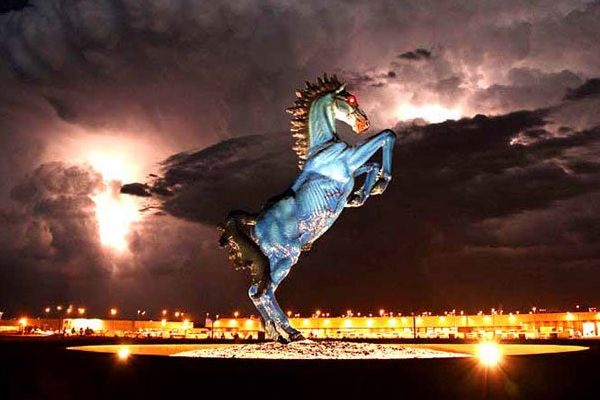

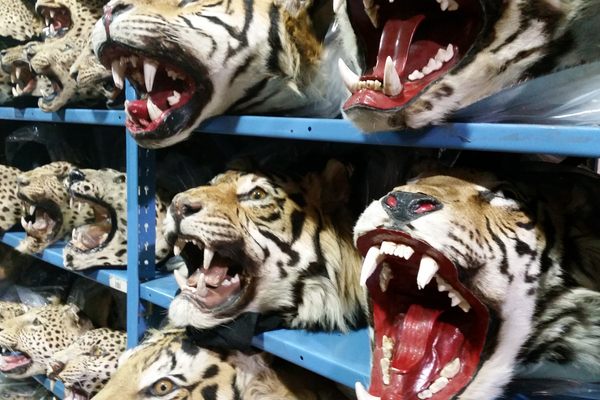


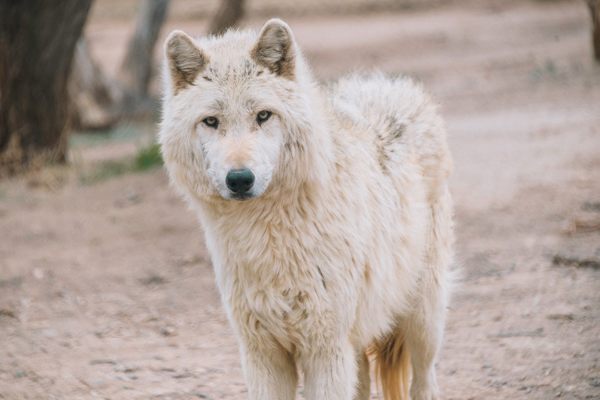
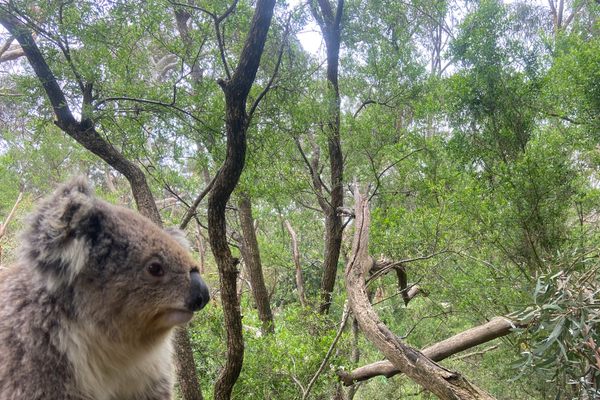
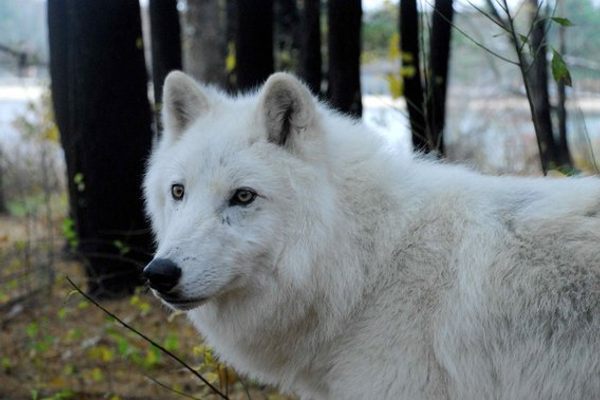

Follow us on Twitter to get the latest on the world's hidden wonders.
Like us on Facebook to get the latest on the world's hidden wonders.
Follow us on Twitter Like us on Facebook